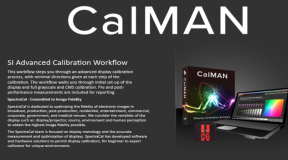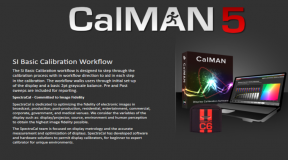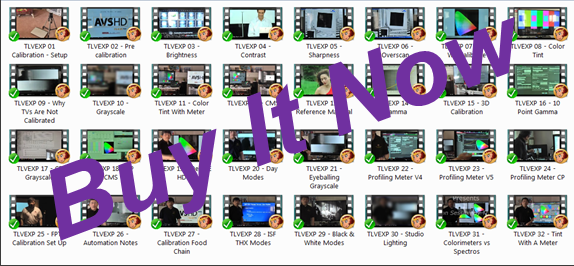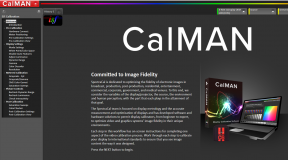Horizontal Sizing:
Toshiba CN36G97 – Part of the service menu and easily adjusted.
Toshiba TP61H95 – See Above. The further you decrease the overscan on the sides, the more the convergence is thrown off. I have reduced the overscan to the three percent range or less now and I have compensated with the convergence controls. The factory default is about five percent. I found that if you push the left and right overscan to zero, it becomes very problematic for normal television programming since the left edge of the image can often vary by up to 1.5 inches leaving a windowbox effect on a lot of the material and hence increasing the chances of creating a burn in problem.
Panasonic PC29XF10A – Have not really found this item within the set yet. Left to right overscan is already minimal at under 5%.
Proscan PS34190 – The equivalent control might be considered to be the Pin control located on the back. It will bring in the left and right sides by bowing the image similar to what was done on the Toshiba direct view tube set.
Pioneer SD-P5071 – Located behind the front panel and it does not differ from the RCA set in function. The more the left and right overscan is reduced, the more the side and corner convergence goes off.
RCA 46729BA – Located on the back panel, the sizing can reduce the amount of left and right overscan, but at the cost of throwing off the convergence. No set has a real qualitative advantage here except that the RCA control is readily accessible. Advantage RCA.
Digital Signal Processing:
Toshiba CN36G97 – There is a digital 3D comb filter, but other than that, the images look very analog like. I do not believe there is any type of processing going on. There does not seem to be a difference between the CLD-79’s comb filter and the one on board this unit. The comb filter is supposed to be one of the best ones out there on the market right now.
Toshiba TP61H95 – This one also has a digital 3D comb filter. The entire progressive scan device is described as a motion adaptive feature that either does line doubling or progressive scans. As a line doubler, it is far more advanced than the one that showed up in the Proscan. Upon close examination, you can see the digital processing at work, but this picture is much sharper than the Proscan and the colours are retained through the process. There is no solarizing effect.
Panasonic PC29XF10A – No such animal.
Proscan PS34190 – Everything on this one is digitally processed given the nature of the on board line doubler to provide progressive scan. A (very) close examination of the movement in action sequences will show motion artifacts. The artifacts are more readily visible in the Cinema modes as the image gets enlarged. The line doubled nature of the set means it is compatible with SVGA computers and possibly the HDTV in the near future though at half the proposed resolution (though still way better than Laserdisc or even the upcoming DVD, however recent information seems to point toward the new system only having 800 lines or so in the non-interlaced modes). The SVGA images presented are a hint of how good HDTV images should look. Although only about 70% of the resolution is present, it is enough to present images that are better than anything I have seen on conventional sets. In time, the images might look a bit soft, but the initial impression is a very film like image. Smooth and sharp … relatively speaking. It’s time I spoke a little more on this subject for this set. To my utter delight, I was able to finally use the high resolution inputs on the set when I purchased a progressive scan DVD player. Setting the TV to component video mode, the player fed in a signal that for the first time in a long time, bypassed the internal line doubler and colour decoder producing a picture that was quite frankly immaculate. Programming has never looked better on this set. There is a down side though with the DVD player and its apparent compatibility with this TV. The image jitters.
Pioneer SD-P5071 – This one has it and the RCA does not and what a difference it makes. The processing is used to make the image fit the new 1.5:1 aspect ratio. The cost of this signal modification is a processed video signal which introduces digital artifacts to the image (in the form of background noise) as well as reducing the overall colour saturation and sharpness inherent in the original analog signal especially on Full View Satellite broadcasts. The difference is not attributed to simply the larger screen size. On extended viewing, the artifacts are becoming less noticeable.
RCA 46729BA – The good news is that there is no such animal on this set. The signals are purely analog and unaltered resulting in a smooth film like appearance. The Pioneer introduces a mild level of grain to all images, especially Full View Satellite images which is not desirable. Advantage RCA.





